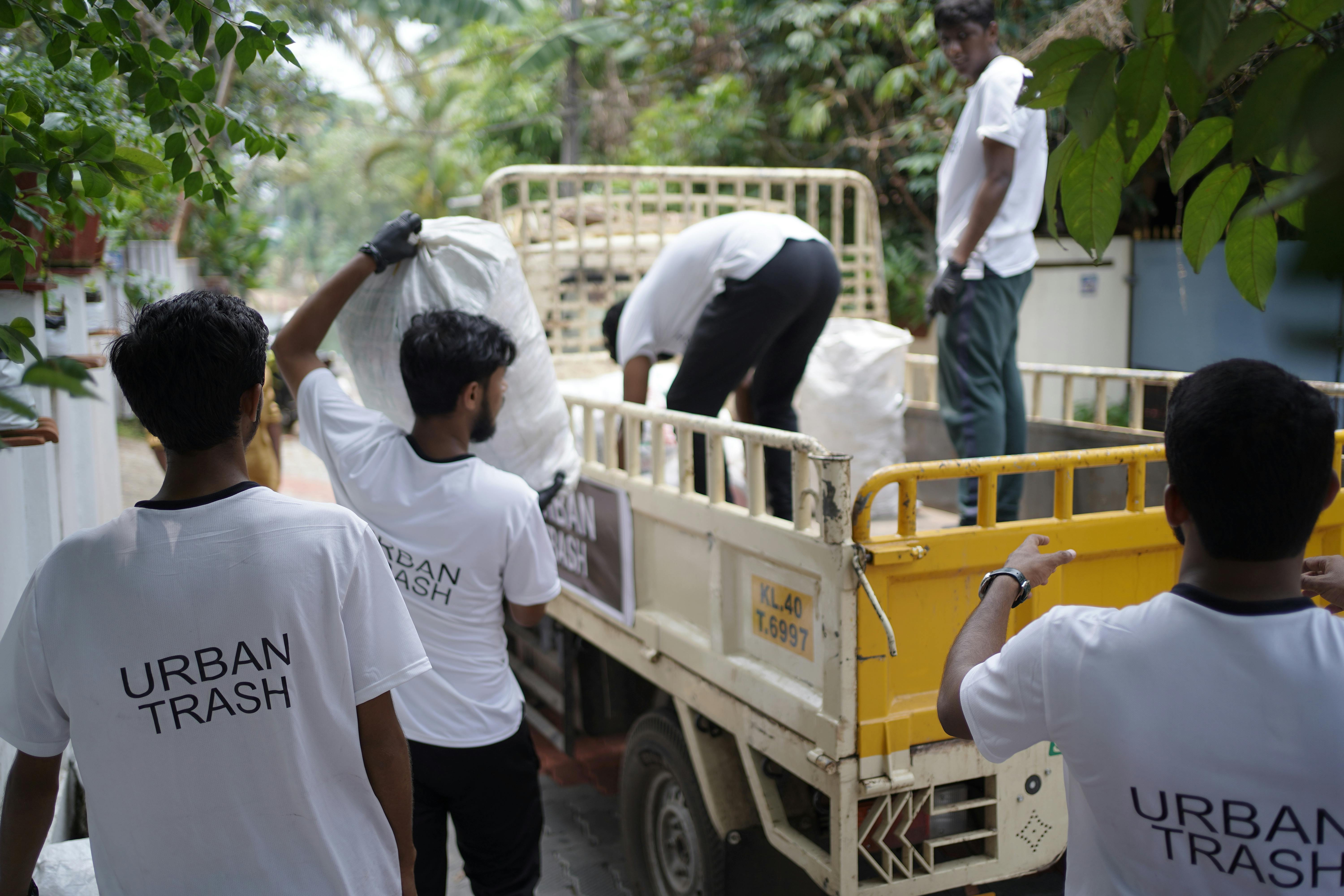 .
.
Introduction
Waste management is one of the most important aspects of running a business. Without proper management of waste, businesses can face costly fines, fail to meet environmental regulations, and may even be subject to criminal penalties. Choosing the best management of waste can be a daunting task for many businesses. In this blog post, we’ll explore the different types of waste management strategies, the benefits of each, and how to select the best management plan for your business.
Types of Waste Management Strategies
There are several different types of waste management strategies a business can employ. These include:
• Recycling: Recycling is the process of breaking down materials into reusable components. By recycling, businesses can reduce their carbon footprint and conserve resources.
• Composting: Composting is the process of breaking down organic waste into valuable fertilizer. Composting can help businesses reduce waste disposal costs and improve the quality of their soil.
• Landfilling: Landfilling is the process of burying waste in an area designated for this purpose. This method can be cost-effective, but it can also be detrimental to the environment.
• Waste-To-Energy: Waste-to-energy (WTE) is the process of converting waste into energy. This strategy can help businesses reduce their energy costs and reduce their carbon footprint.
• Waste Minimization: Waste minimization is the process of reducing the amount of waste produced in the first place. This can be a difficult process, but it can be incredibly effective in reducing the environmental impact of a business.
Benefits of Waste Management Strategies
Each of the waste management strategies listed above come with their own set of benefits. Here’s a closer look:
• Recycling: By recycling, businesses can reduce their energy costs, conserve resources, and reduce their carbon footprint.
• Composting: Composting can help businesses reduce waste disposal costs and improve the quality of their soil.
• Landfilling: Landfilling can be cost-effective, but it can also be detrimental to the environment.
• Waste-To-Energy: WTE can help businesses reduce their energy costs and reduce their carbon footprint.
• Waste Minimization: Waste minimization can be a difficult process, but it can be incredibly effective in reducing the environmental impact of a business.
How to Choose the Best Management of Waste
With so many options available, it’s important for businesses to select the best management of waste for their needs. Here are some tips to help you choose the right strategy:
• Understand Your Needs: The first step is to understand your business’s needs. Consider the type of waste your business produces, the amount of waste produced, and the environmental impact of your waste.
• Set Clear Goals: Once you understand your needs, you should set clear goals for your waste management strategy. For example, if you want to reduce your energy costs, you should set a goal to reduce your energy consumption by a certain percentage.
• Evaluate Your Options: Once you have your goals in place, you should evaluate your options. Consider the pros and cons of each option and decide which one is the best fit for your business.
• Implement Your Plan: Once you have chosen your strategy, you should implement it. Make sure to communicate your plan to your staff and enforce the new waste management procedures.
Conclusion
Managing waste can be a daunting task for many businesses. But by understanding your needs, setting clear goals, evaluating your options, and implementing a plan, you can find the best management of waste for your business.
At Midland Toilet Hire, we have a range of waste management services to suit your needs. Whether you’re looking for recycling, composting, landfilling, waste-to-energy, or waste minimization, we can help you find the best solution for your business. Contact us today to learn more about our waste management services.
